09. June, 2025delish0
To ensure the long-term stable operation of the hot stamping foil slitting machine, it is necessary to achieve it through systematic reliability testing and comprehensive maintenance strategies. Here are the key steps and measures:
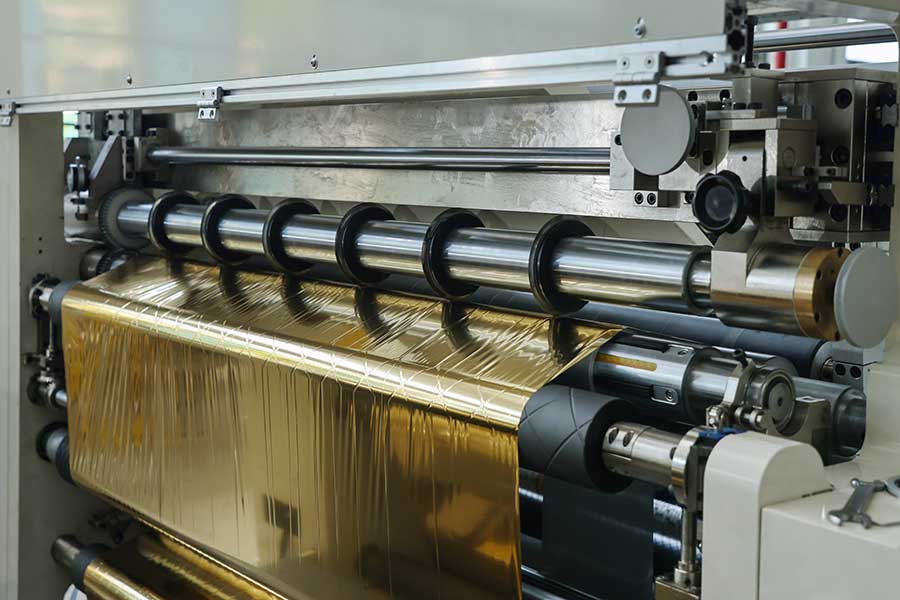
1. The core link of reliability testing
(1) Durability test
• Continuous load operation: Simulate actual production conditions, carry out uninterrupted operation for more than 72 hours, and monitor the temperature rise, vibration and wear of core components such as motors, bearings, and tools.
• Periodic start-stop test: Repeat the power on and off more than 500 times to verify the fatigue resistance of the electrical system and mechanical structure.
(2) Accuracy and stability test
• Dynamic slitting accuracy: under different speed gears (such as low speed, medium speed, high speed), the measurement slitting width error (within ±0.1mm is qualified), and the laser rangefinder is used to record the data in real time.
• Material adaptability test: replace hot stamping foils with different thicknesses (12μm~50μm) and materials, and observe whether the tension control system can automatically compensate for the deviation.
(3) Environmental simulation test
• Temperature and humidity cycle: Operate in alternating temperature (0°C~45°C) and humidity (30%~80% RH) to check lubricant performance, corrosion of metal parts and sensitivity of electronic components.
• Dust test: 8 hours of operation in a simulated high-dust environment to verify the sealing of the protective cover and the anti-clogging ability of the cooling system.
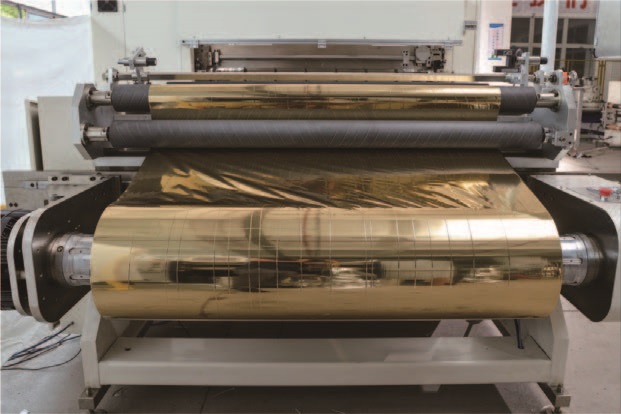
2. Special verification of key components
• Tooling system: Detect cutting edge wear after every 500,000 meters of cutting (microscopic cracks observed by SEM microscope) and perform dynamic balance calibration at regular intervals.
• Tension Control Module: Closed-loop PID control is used to test the response time (<0.1 seconds) during emergency stop to prevent material breakage or accumulation.
• Servo Motor: Detect early signals of bearing wear (e.g. abnormal harmonics at > 5kHz) through vibration spectrum analysis.
3. Intelligent monitoring and preventive maintenance
• On-line diagnostic system:
◦ Install vibration sensors (such as accelerometers) and thermal imaging cameras to monitor the status of bearings and guides in real time.
◦ Historical data is recorded by PLC, and AI algorithm predicts the remaining life (e.g., 2 weeks in advance of tool replacement).
• Preventive Maintenance Checklist:
◦ Daily: Clean the guide rails and check the air pressure (0.6±0.05MPa).
◦ Monthly: Filter replacement, calibration of tension sensor.
◦ Quarterly: Lubricate the linear guide (with ISO VG68 grade grease) and calibrate the optoelectronic guiding system.
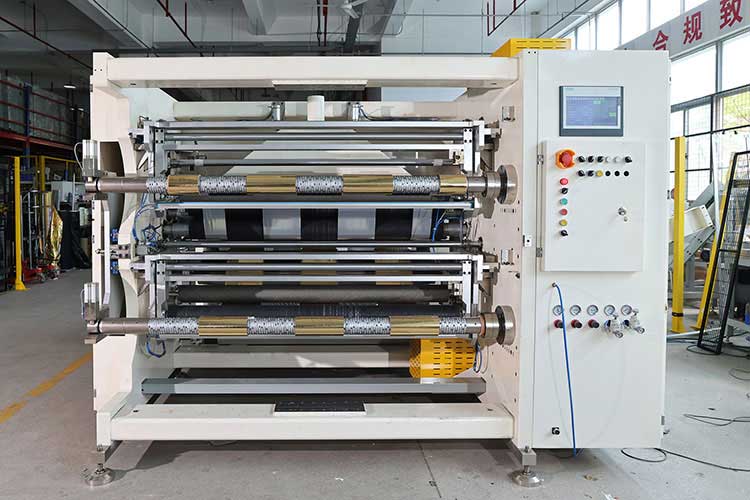
4. Design optimization and redundancy configuration
• Fault Tree Analysis (FTA): Modify the material (42CrMo4 alloy steel, HRC50-54) for historical failures (e.g. cutter shaft breakage).
• Redundant design: Equipped with a standby inverter, it can automatically switch when the main unit fails (switching time< 50ms).
5. Personnel training and standardization
• Fault simulation drills: Sudden shutdown drills are conducted quarterly, requiring the team to complete diagnosis and recovery within 15 minutes.
• Document management: Establish a complete MTBF (mean time between failures) database with a target value of ≥ 4000 hours.
6. Supplier Collaboration
• Require suppliers of key components such as bearings and servo motors to provide accelerated life test reports (e.g., L10 life > 20,000 hours).
Through the above methods, the comprehensive reliability of the hot stamping foil slitting machine can be increased by more than 30%, and the unplanned downtime can be significantly reduced. The actual case shows that after implementing this solution, the number of failures per year has been reduced from 15 to 4, and the capacity utilization rate has increased by 22%.



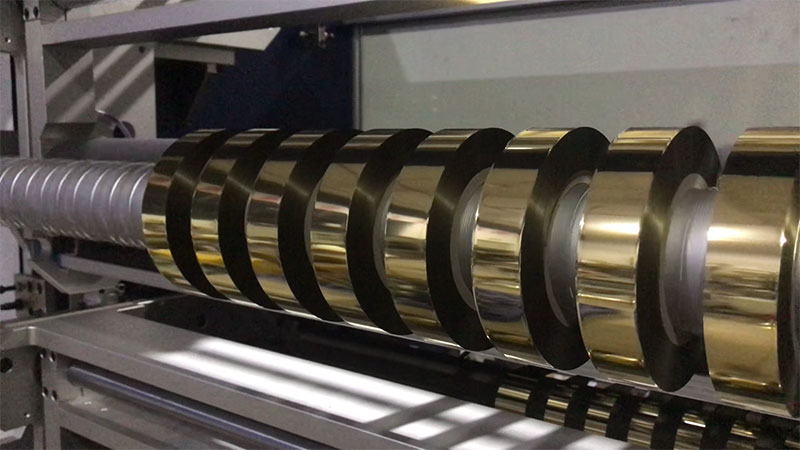
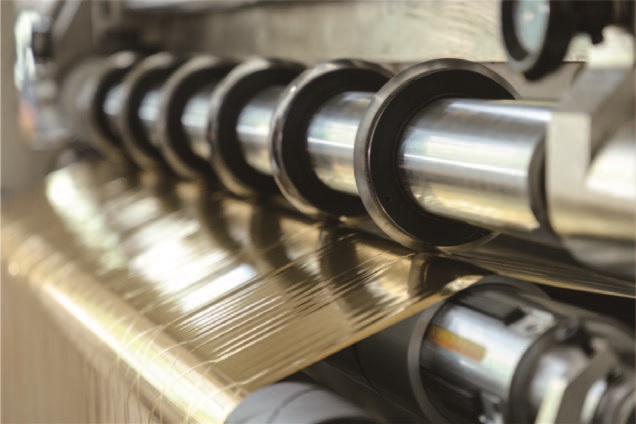
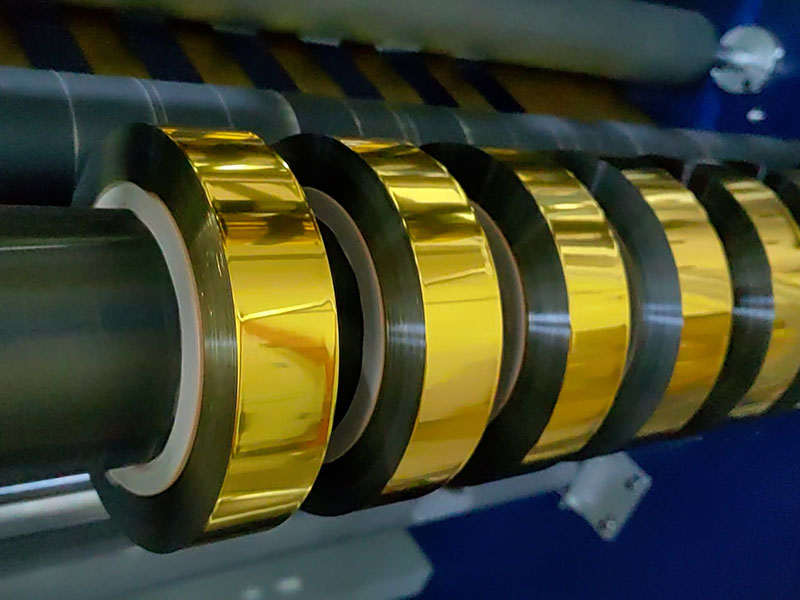
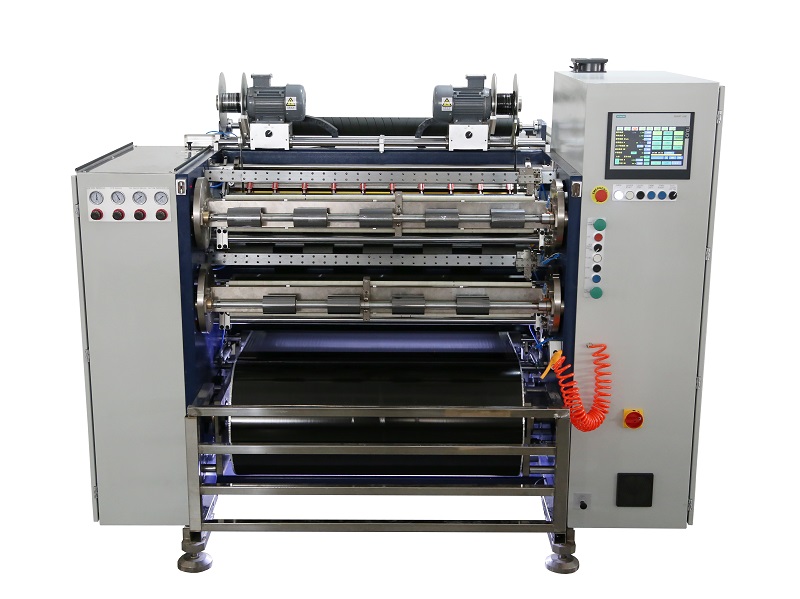 Fully Automatic TTR Slitter RSDS8 Plus
Fully Automatic TTR Slitter RSDS8 Plus Hot Stamping Foil Slitter 1600mm
Hot Stamping Foil Slitter 1600mm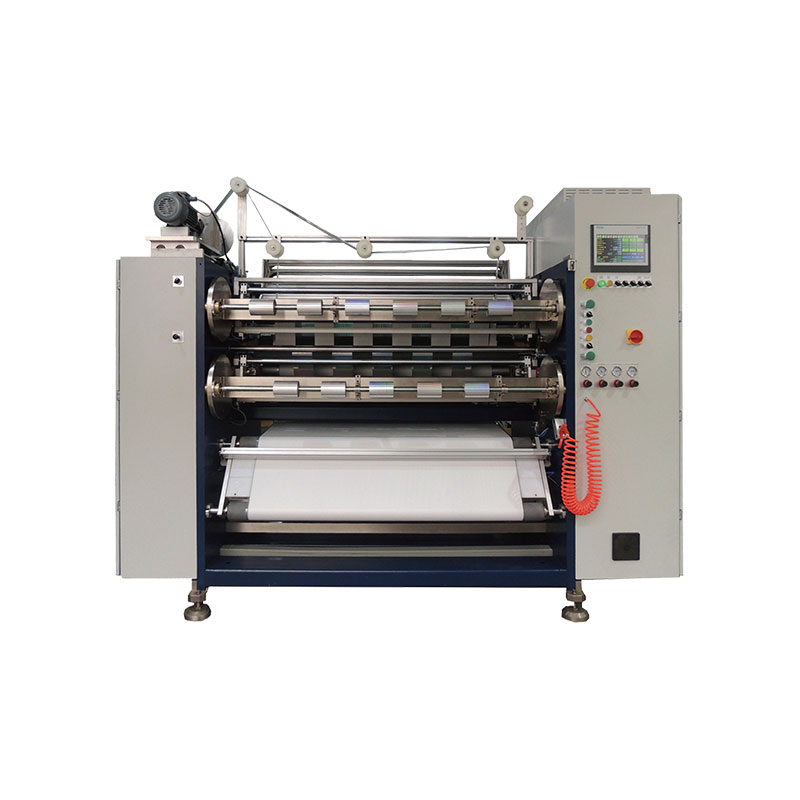 Hot Stamping Foil Slitter (4 Shafts)
Hot Stamping Foil Slitter (4 Shafts)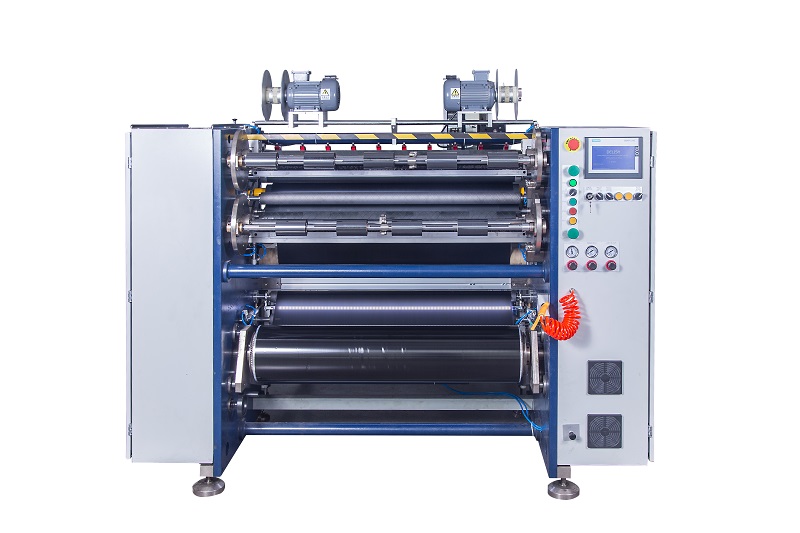 Semi-Auto TTR Slitter RSDS2 Plus
Semi-Auto TTR Slitter RSDS2 Plus Semi Automatic TTR Slitter RSDS5 Plus
Semi Automatic TTR Slitter RSDS5 Plus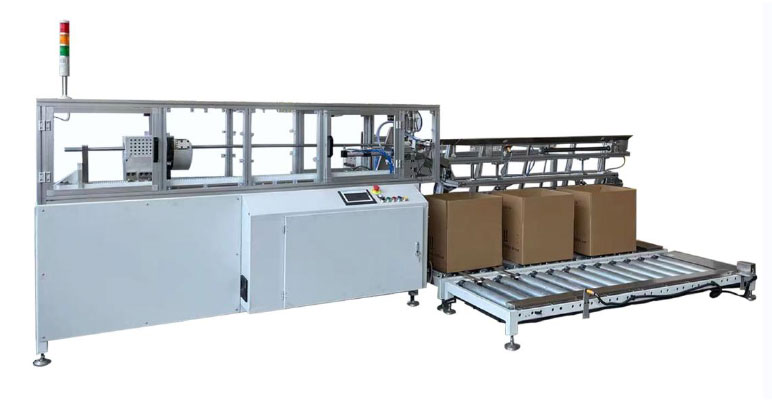 Auto Paper Core Cutter
Auto Paper Core Cutter Manual TTR Slitter RSDS2
Manual TTR Slitter RSDS2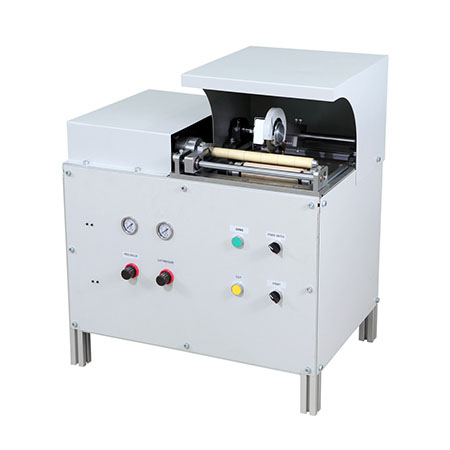 Manual Paper Core Cutter
Manual Paper Core Cutter





